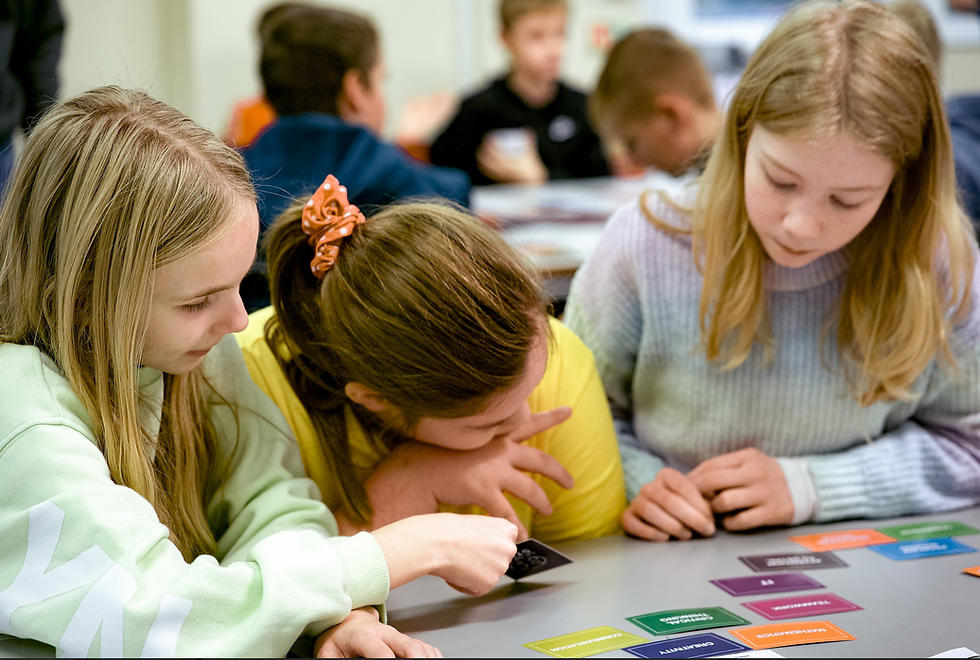Collaboration Without the Classroom: Tools That Help Kids Work Together Online
- Aniqa Wahab
- Sep 10
- 2 min read
Learning and teamwork are not limited to classrooms in today's digitally first world. Students now have more opportunities than ever before to collaborate online, whether through homeschooling, remote learning, or international partnerships. However, how can we foster teamwork in children when they are not in the same physical location?
The proper combination of pedagogy, practices, and platforms is crucial. Here are some of the best resources and methods for enabling young students to work together outside of the classroom.
The Best Online Collaboration Resources for Students
Google Workspace for Learning
Why it functions: Students can collaborate in real time on Docs, Slides, and Sheets to edit, comment, and co-create content.
Ideal for: Presentations, writing assignments, and group projects.
An added benefit is that teachers can monitor individual contributions thanks to the version history.
The Padlet
Why it functions: Students can post text, pictures, links, and videos on this virtual bulletin board.
Ideal for: Idea organisation, resource sharing, and brainstorming.
Kid-friendly tip: To keep it entertaining and safe, moderate posts and change the backgrounds.
Turn over
Why it works: Encourages creativity and voice by allowing students to respond to prompts with brief videos.
Ideal for: Video journaling, peer review, and reflections.
Collaboration angle: Children can watch and comment on each other's videos, which makes them ideal for online debates.
Boards in the Trello or Kanban styles
Why it functions: Students can assign roles, manage projects, and monitor progress with the aid of these visual task boards.
Ideal for: Managing deadlines and group planning.
Expert advice: Assign roles such as "Presenter," "Editor," and "Researcher" labels.
Education Edition of Minecraft
Why it functions: learning through games that encourages creativity, problem-solving, and teamwork.
Ideal for: simulations, virtual world creation, and STEM activities.
Factor of engagement: Children enjoy it, but they frequently aren't aware of how much they are learning.
🌍 Top Strategies for Students to Collaborate Remotely
Despite the power of technology, online teamwork can be chaotic if it is not guided. Here's how to prepare students for success:
✅ Clearly defined roles increase accountability. To keep students engaged and focused, assign them roles like "Discussion Leader," "Timekeeper," or "Note Taker."
✅ Promote Balance Between Asynchronous and Synchronous
Real-time collaboration is not required for every collaboration. Plan live video check-ins for discussion and decision-making, and use chat and shared documents for asynchronous work.
✅ Encourage Digital Citizenship
Teach students how to give and receive constructive criticism, how to communicate politely, and how to behave online. Online environments are the new practise grounds for collaboration, whi
ch is a life skill.
✅ Honour the Process
Emphasise the collaborative skills of the students rather than just the finished product. Group reflections and peer evaluations foster self-awareness and enhance future collaboration.
💡 Practical Preparedness
Students are better prepared for the future of work, where remote and hybrid teams are common, by learning how to collaborate online. We're preparing children for success in life, not just in school, by giving them the skills and mindset for digital collaboration.




Comments